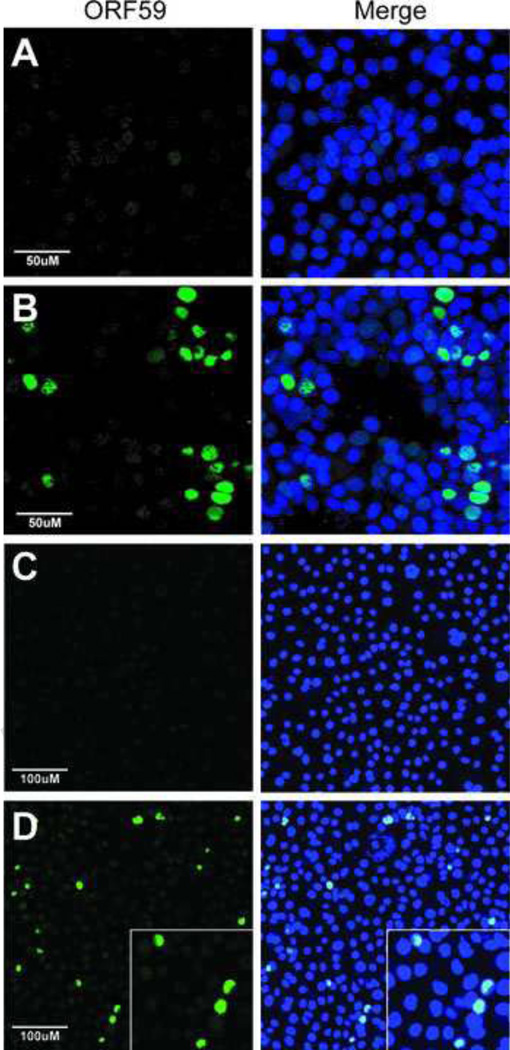Figure 3. RRV latently infects orogastric epithelial cells, and activation of lytic gene expression and virus replication is induced by sodium butyrate.
Human salivary gland (HSG) and gastric adenocarcinoma (AGS) orogastric epithelial cell lines were incubated with RRV for 3 hours and then assayed 3 days post-infection for expression of RRV ORF59, the DNA polymerase processivity factor, using the 425 rabbit polyclonal anti-RV2 ORF59 antibody (green) to detect permissive RRV infections (A and C). Alternatively, HSG and AGS cells were incubated with RRV for 3 hours and then cultured for 3 days in the presence of sodium butyrate (NaBut) to activate latent RRV infections before evaluation of ORF59 expression (B, D). AGS cells are shown at lower magnification to visualize the presence of ORF59-positive nuclei throughout the culture, in addition to a higher magnification shown in panel D, insert). RRV lytic gene expression was detected in both cell lines after NaBut treatment indicating that the initial RRV infection was latent and that NaBut activated the RRV lytic cycle. The magnification scale bars are shown.

